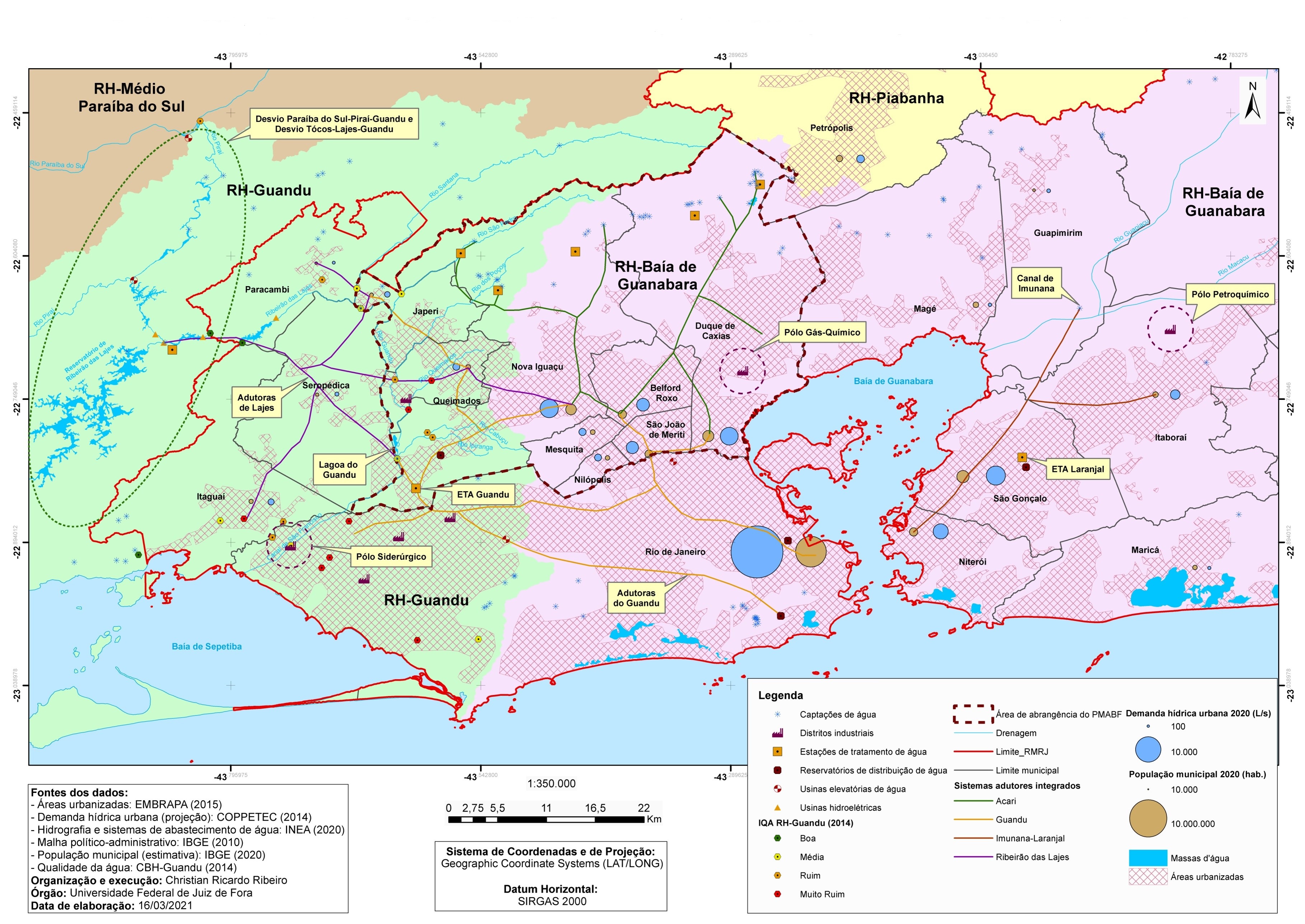Mutability and stagnancy of place names
the case of the State of Indiana
DOI:
https://doi.org/10.21579/issn.2526-0375_2021_n2_254-266Keywords:
Place name changes, place name history, critical toponomy studies, nineteenth-century United States, State of IndianaAbstract
Studies on toponyms frequently focus on name changes, but rarely address places that persist with their traditional names. The case of the State of Indiana in the United States is presented as an example of a space whose place names were predominantly defined in the nineteenth century and that continues reproducing the values, politics, and history of the European colonizers and the American independence and democracy movement from the past. Frozen in time, Indiana toponyms do not correspond to the multi-cultural and multi-racial configuration of today’s society and are unlikely to change in the future, though renaming is far more common on the local level (e.g., streets and schools) rather than for larger administrative units such as counties and towns.






